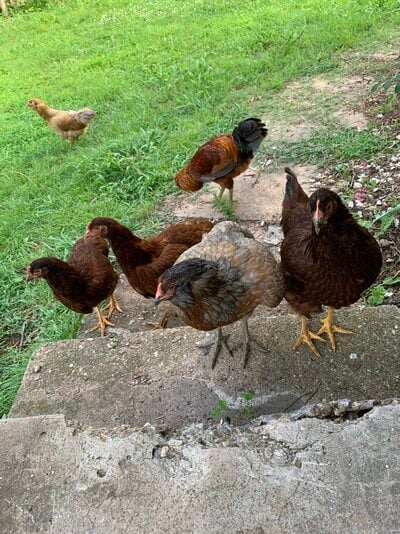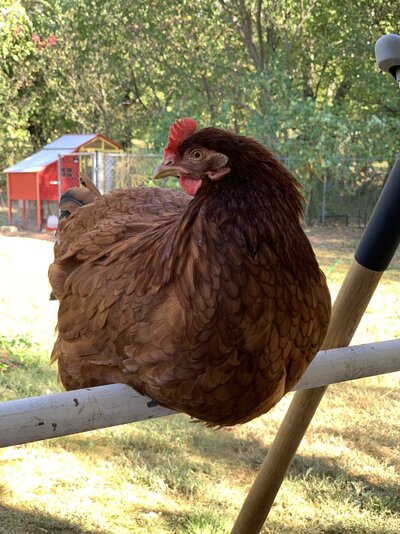Poultrypassion29
In the Brooder
- Apr 4, 2022
- 10
- 10
- 14
I bought a few rhode islands a while back and they haven't been growing as much as I would have expected them to... I thought it may just be because rhode islands are slow growing chickens but then today I went and purchased a few rooster because I needed some for my other hens and one of the roosters was a rhode island red. The one I bought today are only 5 months old but the chicks I bought a while back are older but still alot smaller. Does anyone know what the reason for this could be? Maybe a hatching issue from the supplier? Or the wrong feed when they were younger?






